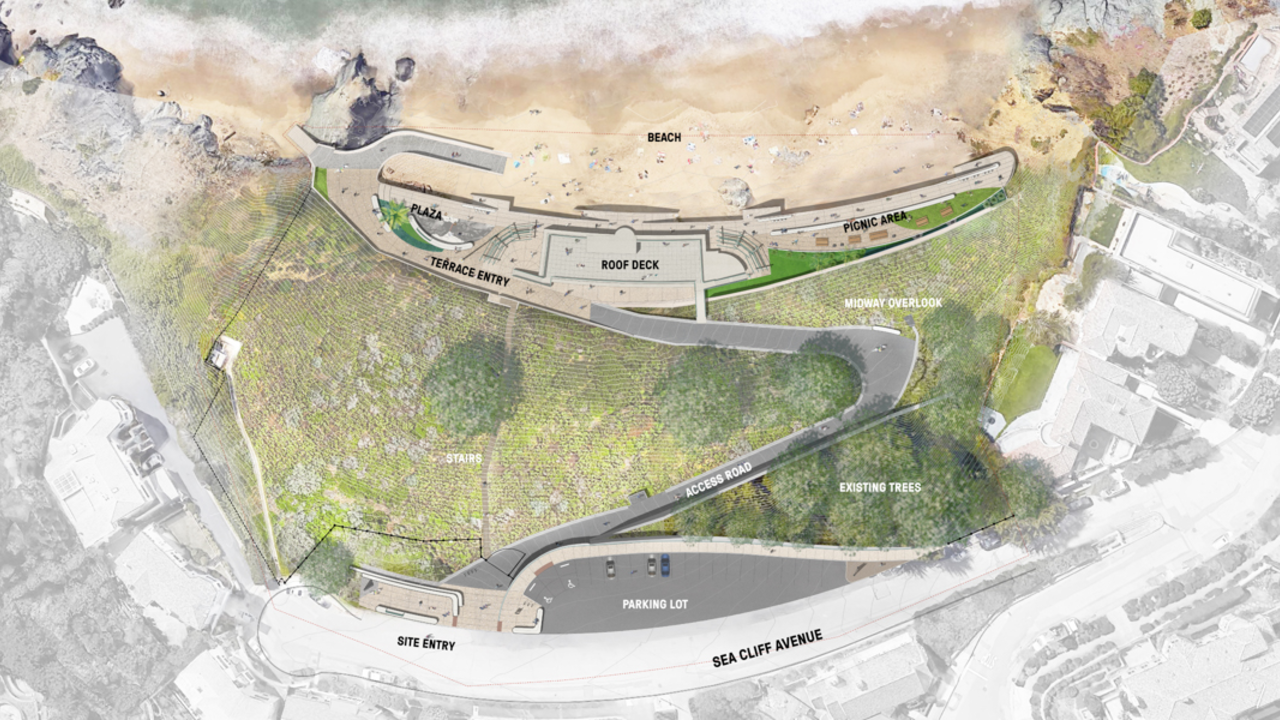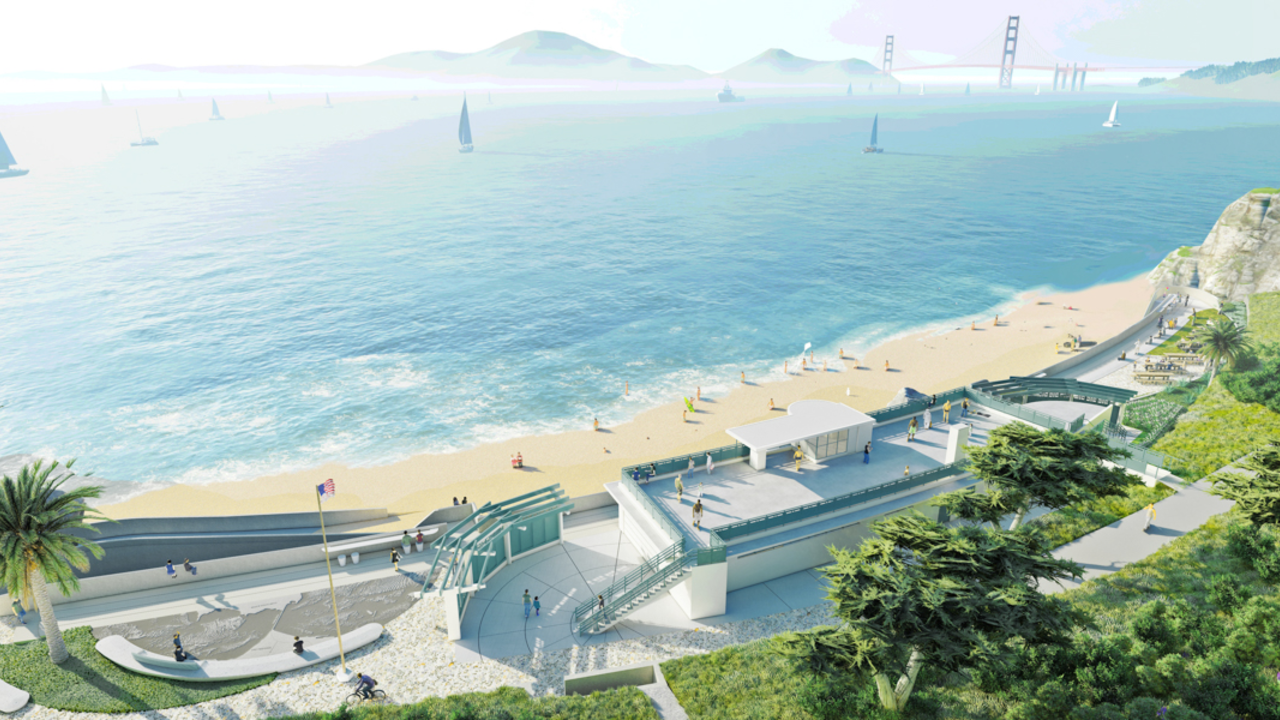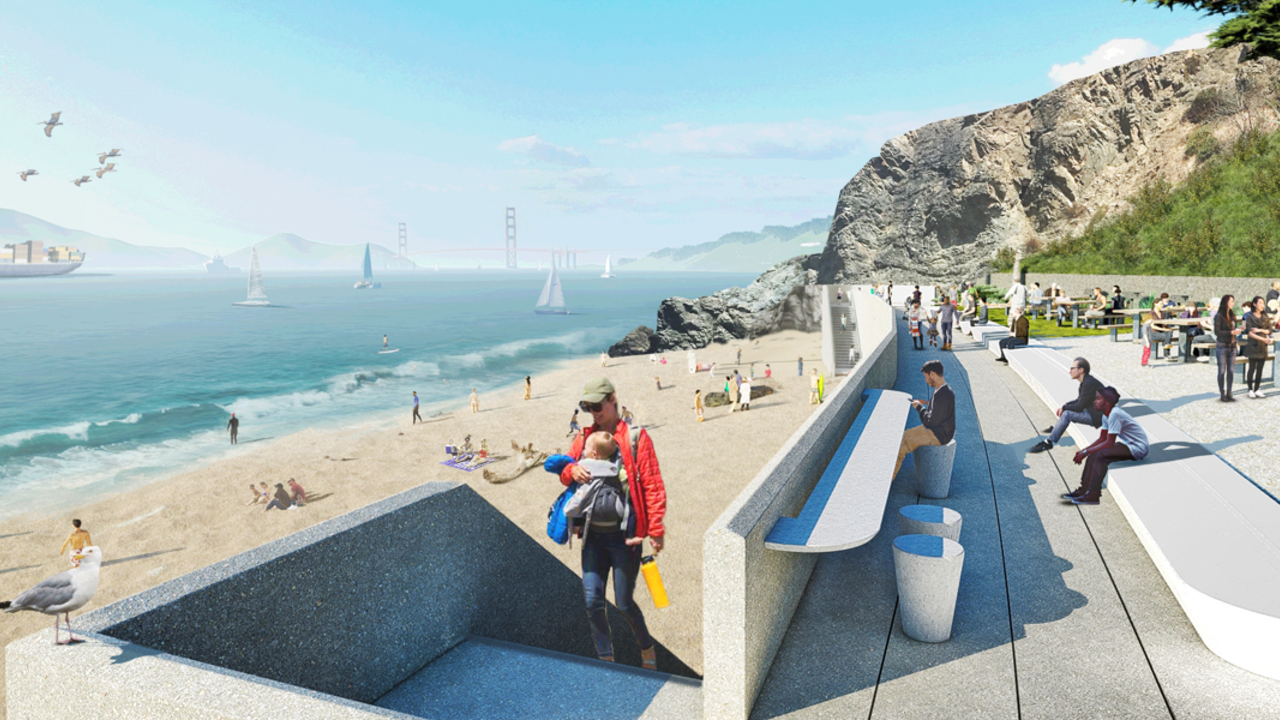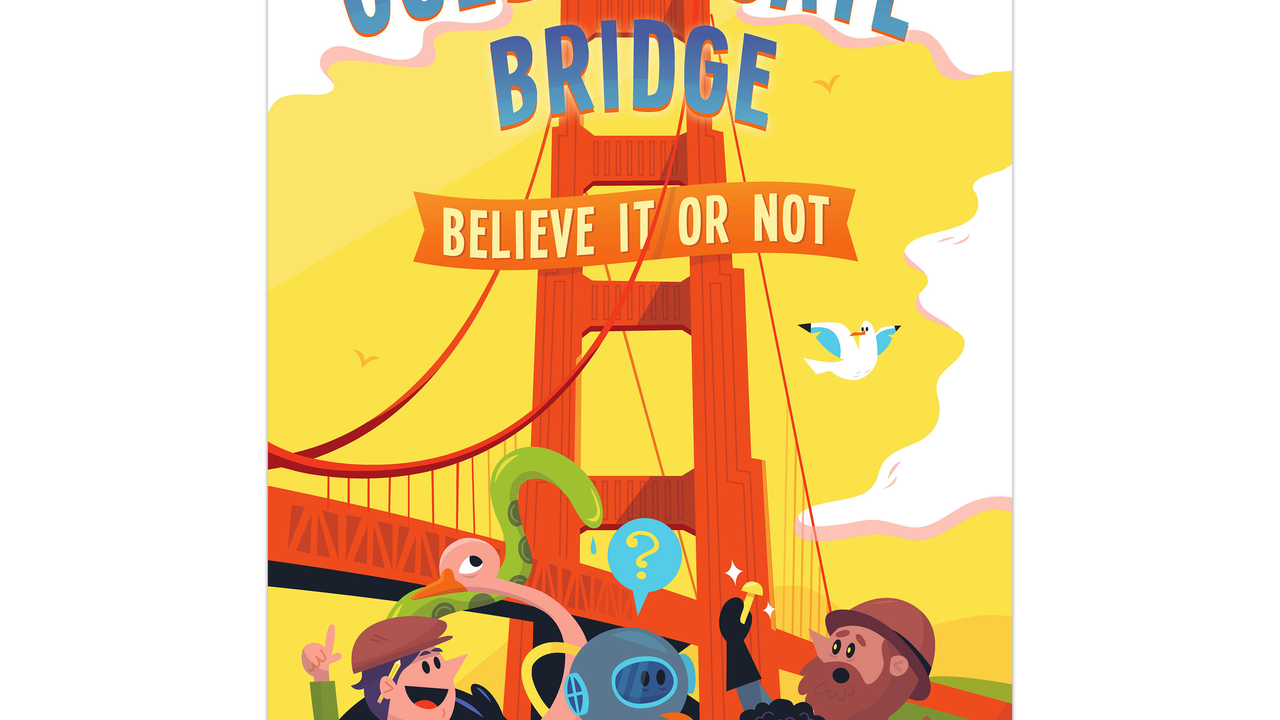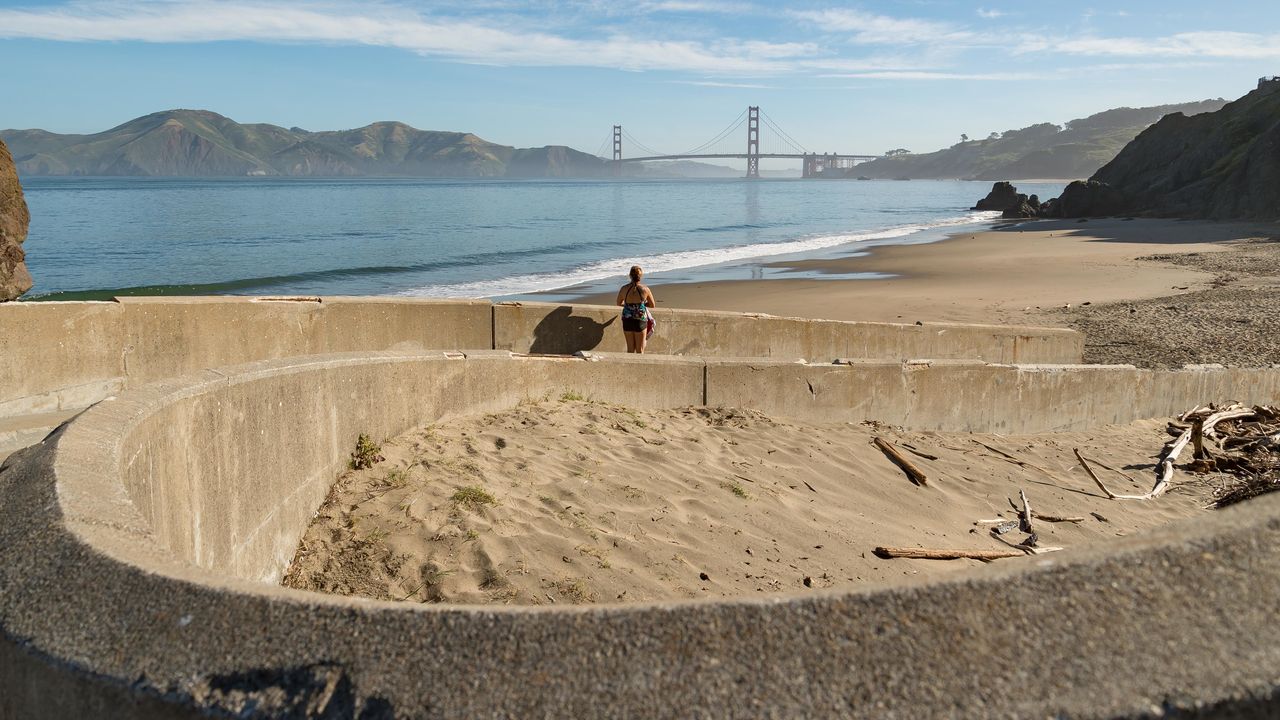San Francisco’s China Beach: The Eras Tour
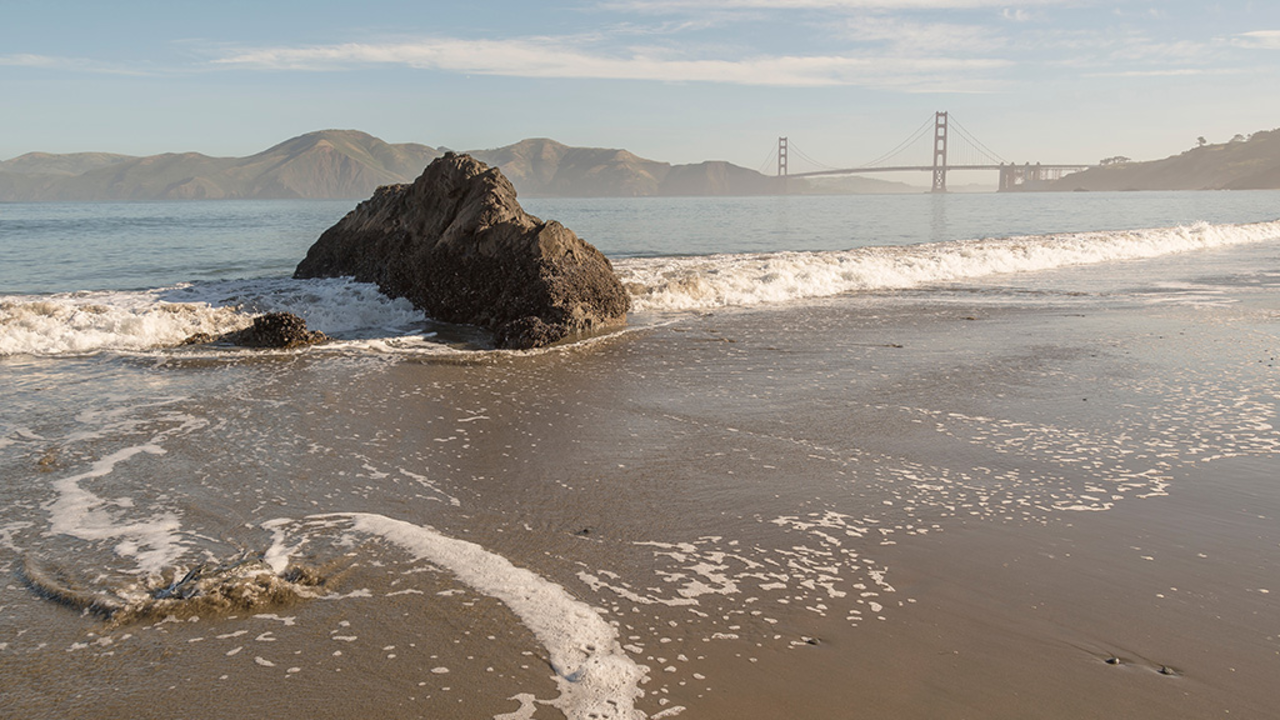
Alison Taggart-Barone/NPS
China Beach, the small, sandy cove nestled between Baker Beach and Lands End, isn’t just a hidden gem, it’s a prized jewel. Perfectly framing the Golden Gate, its shores have borne witness to countless histories, monumental comings and goings, and the everyday extraordinary, like a sunset over the mountain or a family gathering on the beach.
Which is why, informed by surveys of hundreds of beachgoers who shared their love for the cove “as-is,” the Parks Conservancy and National Park Service began a 24-month long rehabilitation of the site in spring 2023. Included in the rehab project will be a refresh of the bathhouse and picnic terrace, and the completion of needed work on the infrastructure and retaining walls.
Importantly, public access to the beach will be maintained throughout the length of the project. This is, after all, a site for the people and a site that centers people: past, present, and future.
If you’ve ever visited China Beach, you know that before you begin the descent to its shores, you must pass a monument with Chinese characters carved into stone and a message of thanks to the early Chinese community of San Francisco. This is by design.
China Beach is named for some of the first Chinese immigrants to California and to this area, who began to arrive in 1849 during the Gold Rush. In 1981, Henry and Diana Chung donated the monument to honor the Chinese fishermen whose “efforts to supply the needs of a young city helped establish one of the area’s most important industries and traditions.”
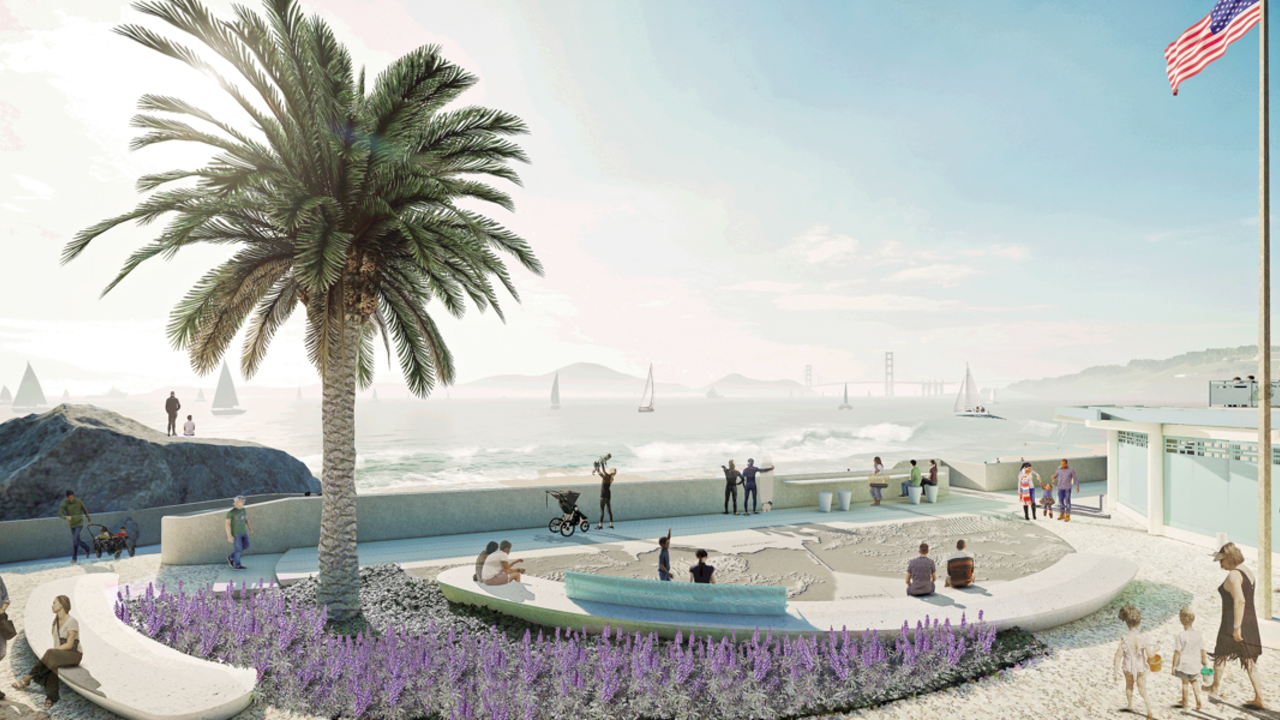
As early as 1850, discrimination was codified into law in the state, with the Foreign Miners Tax forcing many Chinese people out of the goldfields and back to the Bay where they became fishermen. By the 1880s, Chinese people made up 50% of all fishing crews. By the 1890s, discriminatory and Anti-Chinese laws once again negatively impacted the lives of Chinese San Franciscans, decreasing the number of Chinese fishermen in the Bay to 20% by the end of the century.
Former San Francisco Mayor James D. Phelan, who helped the state purchase the beach in 1933 and who the beach was named after during its time as a state beach, was a promoter of the Chinese Exclusion Act of 1882 and other anti-Asian policies and sentiments. In 1976, ownership of the beach was passed from the state to the federal government, making it a part of the GGNRA. It was promptly renamed, once again, to China Beach.
And now the story at China Beach continues, for waders, bathers, neighbors, new, and frequent visitors. The water has never been so inviting. Let’s dive in.
